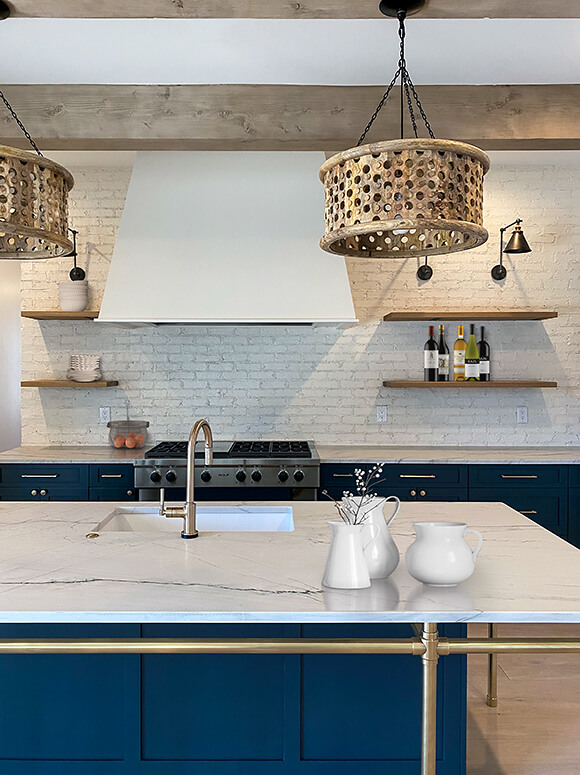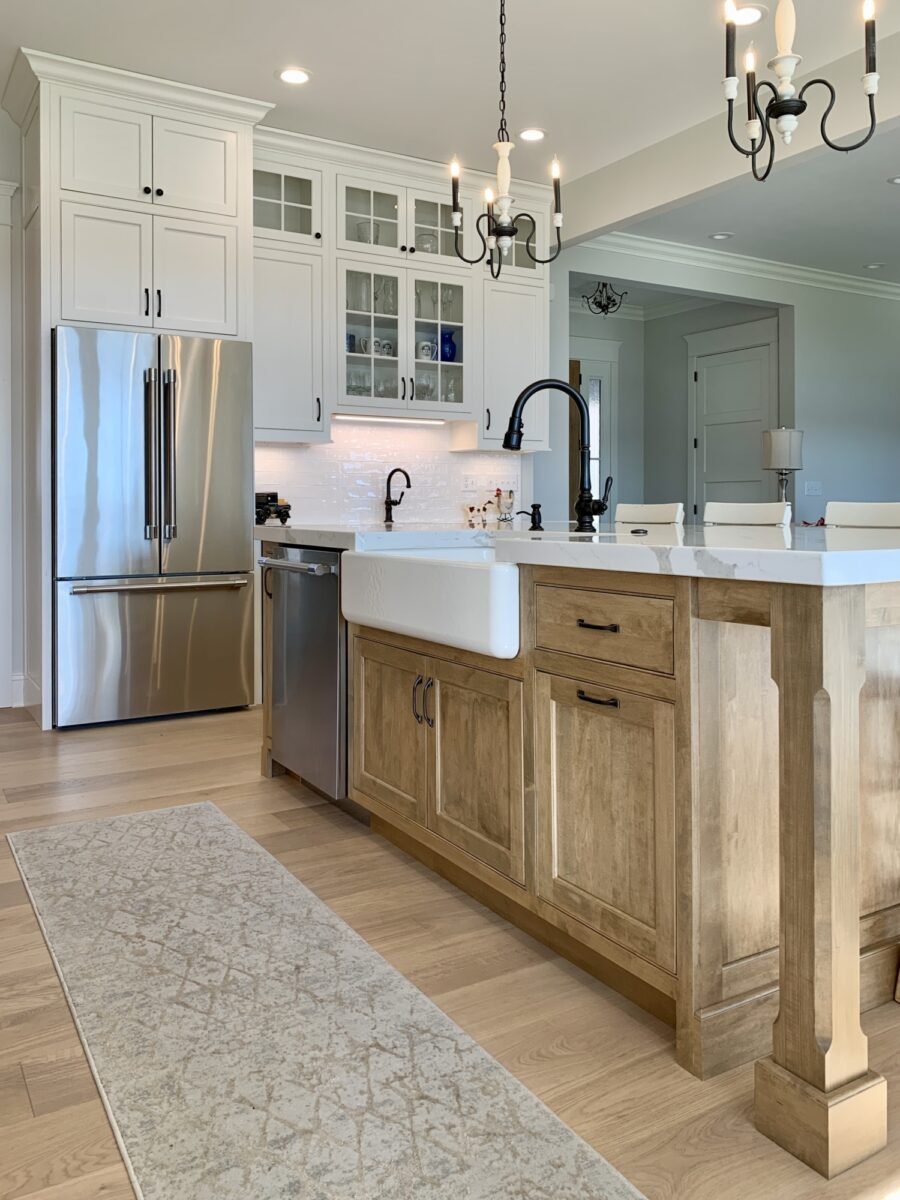A Guide to Selecting the Perfect Legs For Cooking Area Island for Your Home
Choosing the suitable legs for your kitchen area island is a nuanced decision that affects both the functionality and visual appeal of this main room. As you consider these elements, it becomes evident that the right legs can change not just the look of your kitchen however likewise its usability for years to come.

Comprehending Kitchen Island Legs
When choosing legs for a kitchen island, it's important to comprehend their visual and functional functions in the total design. The legs offer as an important support group, ensuring security and durability for the island, which commonly functions as an office, eating area, or gathering area. Therefore, the option of product and construction technique need to be robust enough to stand up to day-to-day use and prospective wear.
Along with their architectural responsibilities, legs contribute substantially to the island's aesthetic allure. They can enhance the kitchen's style, whether with conventional, modern, or eclectic styles. The height and proportion of the legs are likewise vital factors to consider; they should harmonize with the island's countertop height while ensuring comfy seating for those using the area.
Moreover, the leg design can affect the total flow of the cooking area. Open, ventilated leg styles can produce a feeling of lightness, while solid, substantial legs may convey a more based and secure visual - Legs For Kitchen Island. Comprehending these practical and aesthetic facets will certainly assist house owners in making notified options that complement their kitchen's layout and boost its functionality
Popular Styles and Materials
The selection of legs for a kitchen island incorporates a selection of prominent styles and products, each offering special attributes that can improve both functionality and aesthetic appeals. Among one of the most sought-after designs are contemporary, rustic, and typical. Contemporary legs commonly feature sleek, minimalist layouts that emphasize simpleness and clean lines, making them perfect for modern cooking areas. Rustic styles, on the other hand, accept natural components and usually showcase reclaimed timber or distressed coatings, adding heat and charm to the room. Conventional legs generally show elaborate information and craftsmanship, boosting classic cooking area designs.

Elevation and Stability Factors To Consider

The legs of the kitchen island need to offer adequate assistance, ensuring that the structure can endure day-to-day use without shifting or wobbling. Product option plays a considerable role in stability; steel legs, for instance, have a tendency to supply greater stamina contrasted to wood.
Matching Your Kitchen Area Visual
Choosing the appropriate legs for your kitchen island goes beyond performance; it additionally plays a substantial role in the overall aesthetic of the space (Legs For Kitchen Island). When selecting legs, consider the layout style of your kitchen area.
Legs that match or comparison with your island's surface and bordering kitchen cabinetry can produce visual consistency or striking focal factors. Additionally, consider the coating of the legs; matte, glossy, or distinctive coatings can considerably impact the total feel of the kitchen.
Installment and Maintenance Tips
Setting up kitchen island legs needs careful interest to information to guarantee both security and visual appeal. Utilize a stud finder to situate wall studs if you are connecting the legs to a wall surface or using braces for included support.
When protecting the legs, make use of premium screws and, if essential, wood glue for added toughness. For metal legs, make sure that you are making use of suitable anchors and devices to stop damage to your flooring. It is suggested to look for levelness after setup, making changes as required to avoid wobbling.
Clean the legs with an ideal cleaner, avoiding rough products that may scrape the surface. By following these installation and maintenance pointers, you can make certain that your cooking area island article legs continue to be both visually enticing and practical.
Final Thought
In verdict, choosing the ideal legs for a kitchen island requires careful factor to consider of elevation, stability, and visual compatibility. Ultimately, thoughtful leg choice plays a vital function in boosting both the functionality and layout of the kitchen space.
When choosing legs for a cooking area island, it's vital to understand their aesthetic and useful roles in the general layout. Open, airy leg styles can develop a feeling of lightness, while solid, significant legs may anonymous communicate an extra grounded and steady visual. The legs of the kitchen island must give sufficient assistance, ensuring that the structure can hold up against daily use without tottering or changing.Setting up cooking area island legs requires careful interest to information to make certain both stability and aesthetic charm.In conclusion, choosing the proper legs for a cooking area island necessitates careful consideration of elevation, security, and visual compatibility.